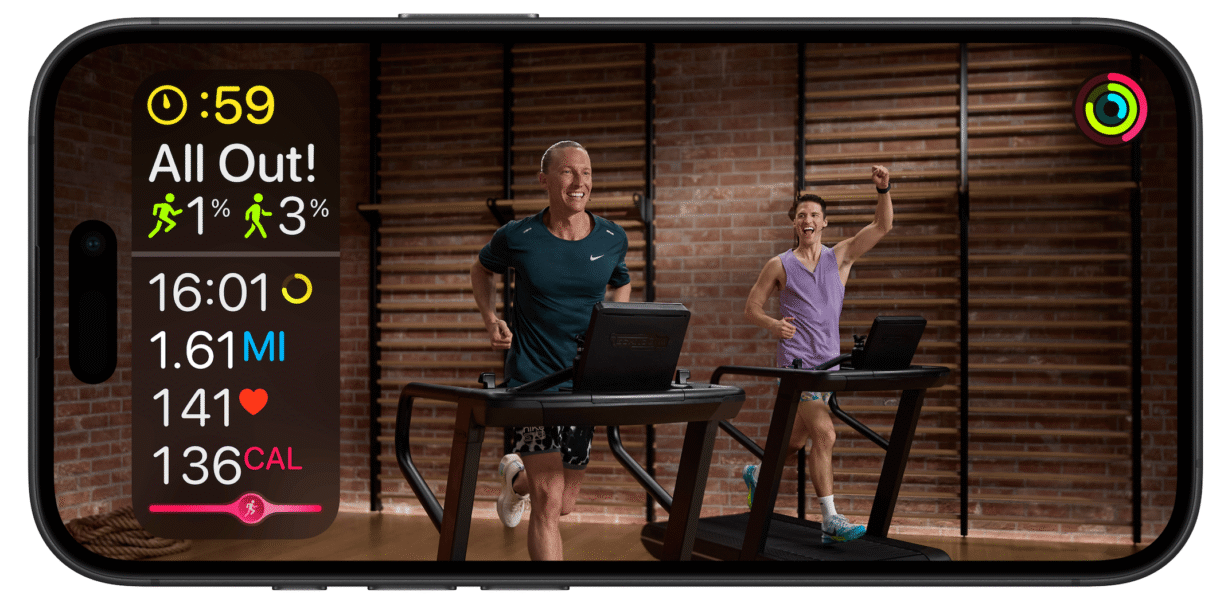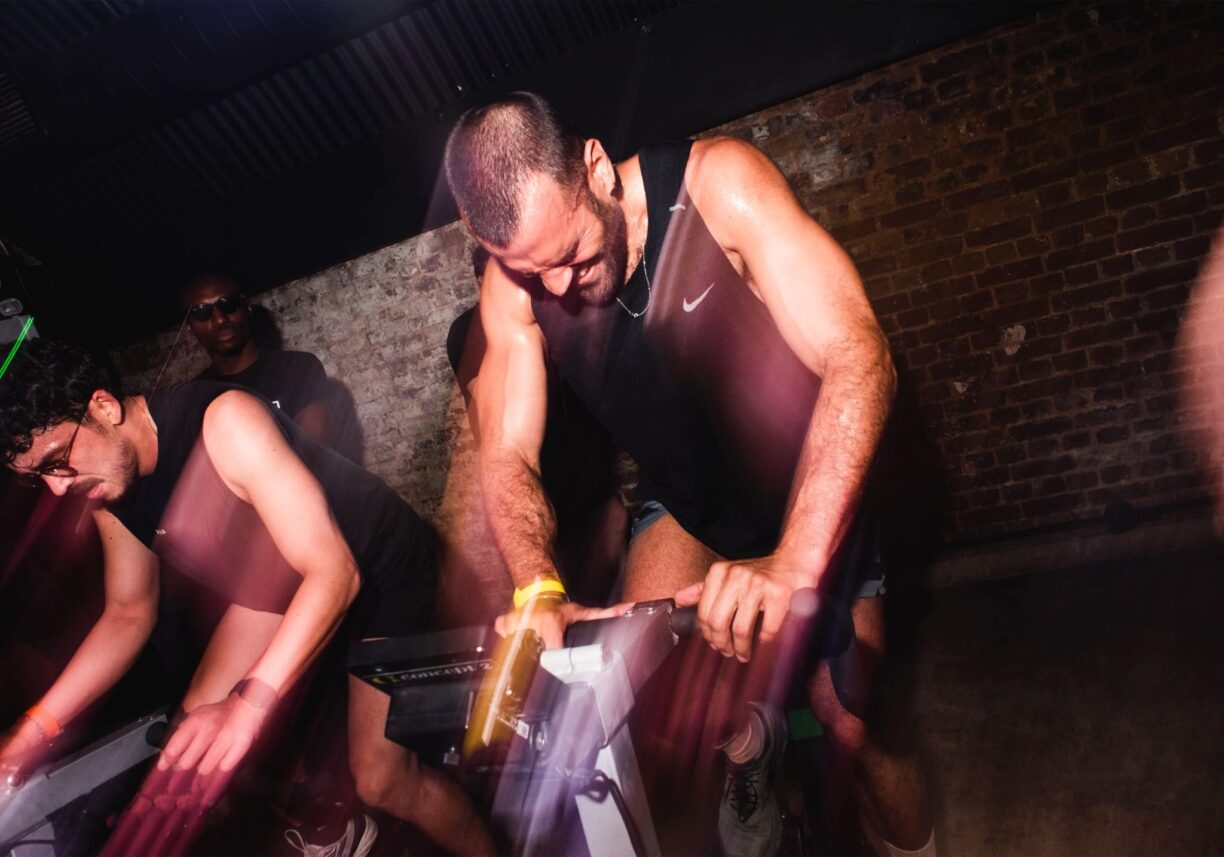Mental Health has become an increasingly important and relevant topic in recent years. It is therefore important to raise awareness of the topic, which is championed by World Mental Health Day which takes place in October each year.
With increased awareness of Mental Health, the hope is that we can all better understand mental health issues and also signpost those suffering to appropriate support. Together we can all make a difference!
I spoke with James Luscombe from Personal Trainer Course provider Study Active who has kindly shared his views on how exercise can play an important role in releasing those happy hormones and benefiting mental wellbeing.
Exercise, Physical Activity & Mental Health
There is clear evidence of a positive relationship between physical activity and mental health. This has been demonstrated in many studies with regard to using exercise as a vehicle to improve mental health conditions such as stress, anxiety, and depression.
A commonly suggested reason for such benefits is the release of the “happy hormone” endorphins which appear to be released by the body during exercise and physical activity.
These endorphins (or happy hormones) can cause a feel-good factor which is often cited by runners as “runners high” when exercising causing positive feelings and a good mood.
There is no specific exercise to perform to positively impact mental health, instead, a participant should choose an activity that they find enjoyable.
For one person this may be a game of 6-a-side football whilst for another person, this may be an outdoor walk – there is a benefit for each. In fact, the latter concept of outdoor exercise may bring its own positive effects as engaging with nature can have a calming effect, helpful in relieving stress.
Other useful activities could be cycling, swimming, rowing, or running – it’s down to what you find enjoyable, sustainable and safe.
With regards to intensity, again no optimal intensity is established so it is down to the individual to decide what is appropriate for them. An untrained person may be more suited to a moderate intensity like walking whilst a well-trained individual may opt for a higher intensity within their ability. If in doubt it is best to consult with a GP or trained exercise professional.
In terms of how much is needed, whilst there is no definite number, current NHS physical activity recommendations for health are to perform 150 minutes of moderate aerobic exercise or 75 minutes of vigorous-intensity exercise each week (or an appropriate mix of both), so this would be a good target to aim for to get both physical and mental health benefits and to get those endorphins flowing!
In terms of frequency, this doesn’t have to be all done at once, in fact the NHS recommends spreading physical activity over 4 to 5 days per week or even doing something towards your physical activity targets every day if appropriate.
Any exercise chosen should always start with a warm-up and end with a cool-down. The latter is especially important for mental health as a cool down will calm the mind as well as the body.
Post-exercise some breathing techniques, for example meditation and mindfulness can also be useful to promote a calming feeling. Indeed, practising meditation and mindfulness on a regular basis, in addition to exercise can have a very useful effect on overall mental health.
Workplace exercise & physical activity and mental health
Whilst the above has focused on getting endorphins flowing through leisurely activities to benefit mental health, it is also important to consider the mental health benefits of being active throughout the working day.
Whilst it may not be so easy to get that endorphin rush from workplace activities it can certainly positively benefit mental and physical health.
For example, sitting still is not good for physical or mental health so during the working day encouraging movement and activity is very important.
Another pitfall to avoid is prolonged periods of workplace stress. To combat this, there are many small things that you can incorporate into your working day including breathing exercises. Below are some useful workplace tips for mental and physical health:
- Walk to and from work – or get off the bus one stop early!
- Go for a walk on your lunch break
- Get up! Walk to the photocopier or the mail room, and make a point of taking the stairs and not the lift. Stand up when on the phone. These are all small things that will help.
- Move your body – mobilise your joints with gentle rhythmic movements – incorporate these with controlled breathing.
- Work standing up – do you need to sit to do all of your daily tasks?
- Breath – simple breathing techniques throughout the day (maybe some meditation or mindfulness) can help alleviate stress and promote calm at stressful times
Summary
This article has touched on the relationship between exercise and mental health. It has made reference to the theory that exercise releases the “happy hormones” called endorphins which can lead to a feel-good factor and improve mental wellbeing.
To benefit from this the advice is to follow national exercise guidelines and take part in activities that are enjoyable. If in doubt always contact a GP or qualified Personal Trainer.
About Study Active
Study Active is a UK leading provider of Personal Trainer qualifications and has helped countless amounts of aspiring fitness professionals to achieve their career goals.
Study Active offers a range of qualification packages to suit everyone. For further information please go to https://studyactive.co.uk
The author would like to credit the article “Physical Activity Guidelines for adults aged 19 to 64” on the NHS website for details of national physical activity recommendations.





